10 Curiosities about the Swedish Crown!
30/07/2024
10 Curiosities about the Swedish Crown
Age: The Swedish krona (SEK) was introduced in 1873, replacing the riksdaler riksmynt. Sweden, Denmark and Norway formed the Scandinavian Monetary Union and adopted the krone as their common currency.
Design: The Swedish krona banknotes are adorned with images of Swedish cultural personalities such as Astrid Lindgren and Greta Garbo, as well as landscapes and historical symbols of the country.
Security: Swedish Krona is known for its advanced security features. The banknotes incorporate elements such as watermarks, special inks and holograms.
Legal tender: The Swedish crown is divided into 100 öre. However, öre coins were discontinued in 2010, and transactions are rounded to the nearest whole number of krona.
Global Use: Although it is the official currency of Sweden, the Swedish krona is also used in some commercial transactions in other parts of the world, especially in neighboring Nordic countries and the Åland Islands.
Stability: The Swedish krona is known for its economic stability. Sweden has a strong and diversified economy, which helps maintain a stable value for its currency.
Low inflation: Sweden has one of the lowest inflation rates in Europe, which contributes to the stability of the value of the Swedish krona over time.
Digitalization: Sweden is moving rapidly towards a cashless society. The use of banknotes and coins has decreased significantly, and the country is leading the development of its own digital currency, the e-krona.
Conversion to the euro: Although Sweden is a member of the European Union, it decided not to adopt the euro after a referendum in 2003, in which 56% of voters opposed the adoption of the single European currency.
Banknote exchange: The Central Bank of Sweden (Riksbank) regularly changes the designs of its banknotes and coins to combat counterfeiting and modernize the money in circulation.
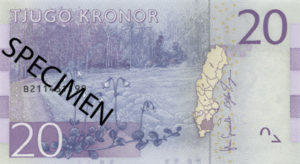
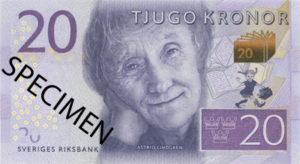
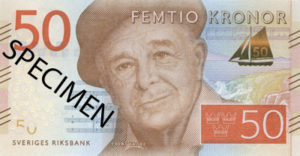
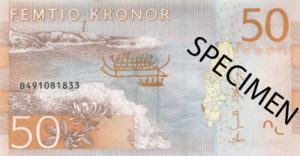
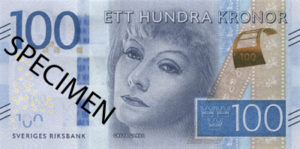
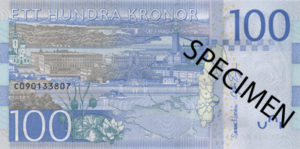
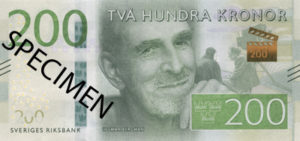
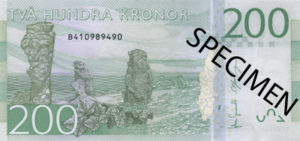
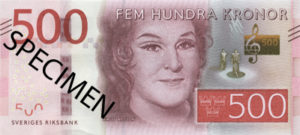
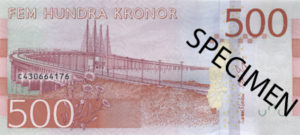
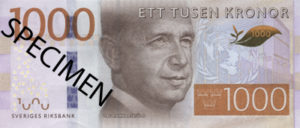
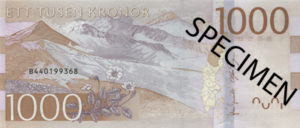
Reasons to change Swedish crowns to euros in Torrevieja
Exchanging Swedish krona to euros at the currency exchange office in Torrevieja is a practical decision for those visiting or residing in the region. The convenience of carrying out transactions in euros, which is the official currency of Spain, facilitates daily purchases, payment for services and other expenses. Additionally, exchanging currency at a trusted exchange office can offer competitive exchange rates and save money compared to using international credit cards that can charge high fees. For Swedish tourists, making this change before your arrival or upon arrival in Torrevieja ensures that you will be able to manage your expenses without problems and fully enjoy your stay in Spain.
